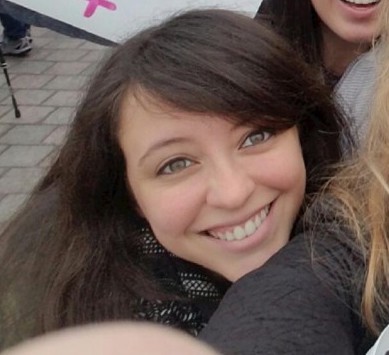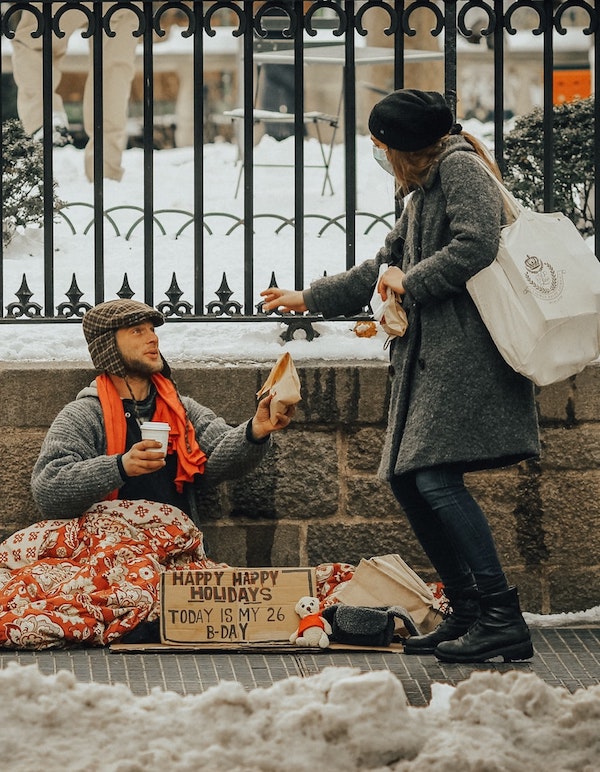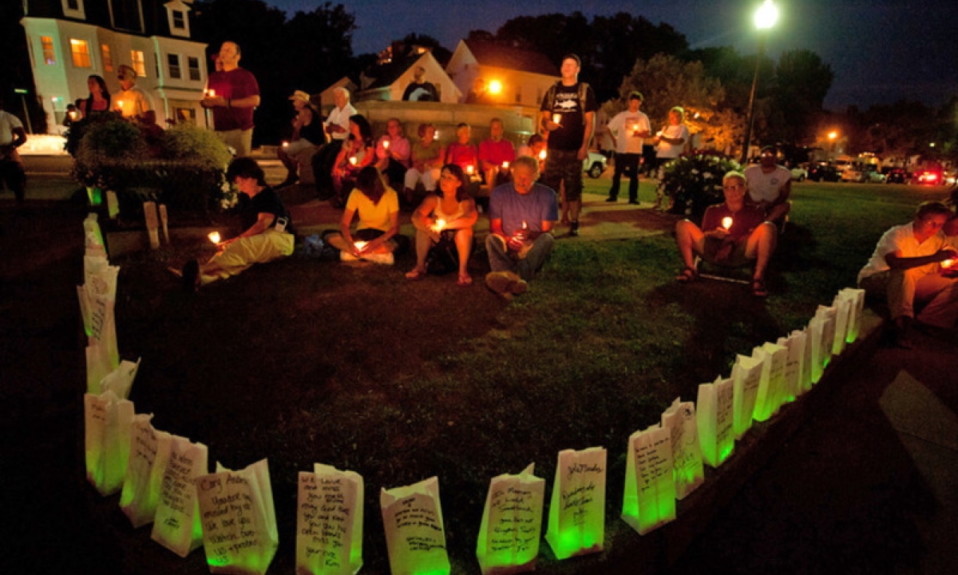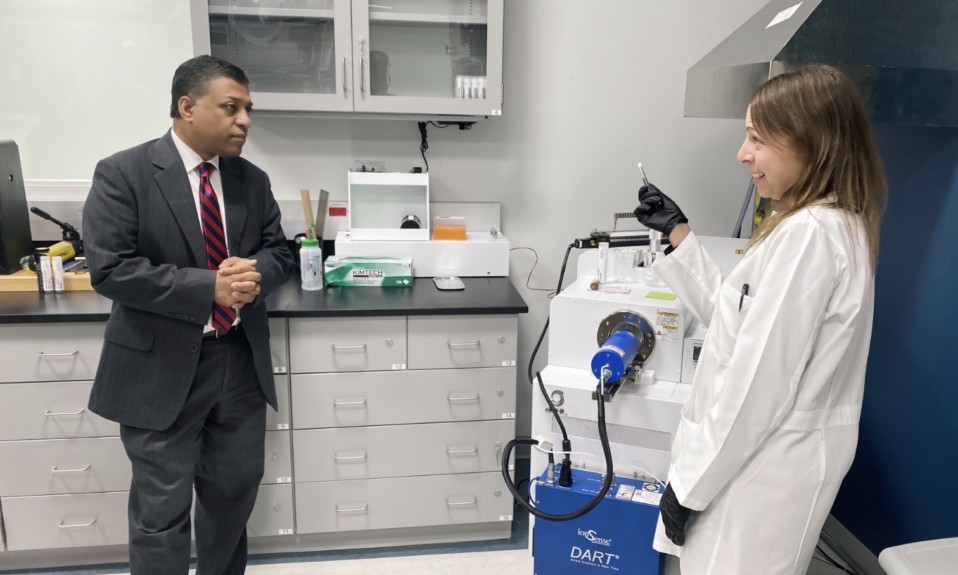An organization originally established to help find housing for people living with HIV/AIDS has expanded its harm reduction services to support individuals with opioid use disorder
By Jenny Diedrich
The mission of New York City-based Housing Works is to end the dual crises of homelessness and AIDS through advocacy, providing life-saving services and sustaining its efforts through entrepreneurial businesses. The agency also offers outpatient, individual and group therapy for opioid use disorder (OUD), as well as medication, syringe access, Narcan distribution and overdose prevention education, according to Bethany Davison, Housing Works project coordinator.

“My role is to provide technical and practical assistance to help get [our clients] connected to medication for OUD,” Davison says. “There have been barriers historically on the national level, so part of my job is to help reduce those for our clients. Housing Works has created a ‘medication for opioid use disorder toolkit’ utilizing peers and a collaborative care model to better connect with and retain our clients here in New York City.”
TreatmentMagazine.com recently talked with Davison about Housing Works’ services, its focus on harm reduction and her goals for the OUD toolkit.
Q: How and when did Housing Works start?
A: Housing Works was founded in 1990 out of the Act Up movement. Act Up was an activist group that advocated for people with HIV in the ’80s, when the AIDS epidemic was raging. Folks who were part of that activist group broke off and started Housing Works. Originally it was started to help people with AIDS, but the organization has grown a lot.
We help people with HIV get housing. It’s really hard to take your HIV medication if you’re homeless. In addition to our general housing services, we have five healthcare centers, programs including case management, and social enterprise businesses, with thrift shops throughout the city. We even have a bookstore.
Q: What is Housing Works’ new OUD toolkit?
A: In 2020, Housing Works received a grant from the Foundation for Opioid Response Efforts (FORE) to create a toolkit to connect clients to Suboxone, a life-saving medication for people who have a chemical dependency on opioids. It has been proven to help people get off drugs, further their lives and reach their goals. It’s also been proven to reduce recidivism, help maintain jobs and improve family outcomes.
“We look at the individual holistically, knowing that addiction is not a moral failure but a chronic brain disease. There are many ways people can recover from that, with medication being one of them.”
—Bethany Davison, Housing Works project coordinator
The original plan for the grant was social interaction and really being in the community, but we had to pivot a bit because of COVID. We look at the individual holistically, knowing that addiction is not a moral failure but a chronic brain disease. There are many ways people can recover from that, with medication being one of them.
The toolkit is a multitiered approach, taking a holistic view of the client. We offer various wraparound services. First is the medical treatment itself. Also, we are looking at telehealth for clients who are prescribed Suboxone. Telehealth [for OUD] wasn’t able to be done before the pandemic. Then there’s also mental health. We have a few different therapy programs, one in particular that is focused on medication for OUD and one focused on motivational interviewing as an intervention. This means helping people determine whether they want to go on the medication.
We offer peer services as well. We have peers who do targeted outreach for people who have fallen off or haven’t picked up a prescription in a couple months. We also work to connect people with our various case management services. We have a navigator who oversees our various clinical sites. She connects peers with people who had been engaged and have fallen off.
Q: What’s the goal of the toolkit?
A: The ultimate goal is to engage at least 200 clients who are taking medication for OUD over a two-year period. Like many social service programs this past year, it has been a bit of a struggle. There are certain strategies we haven’t been able to use. We’ve had to do a lot electronically. That being said, the fact that we’re now able to have folks whose focus is entirely on this population has made us able to retain members.
We know that the pandemic is especially affecting people of color, people of lower socioeconomic status and drug users. Estimates right now are that overdose has increased in New York state about 30 percent, which is likely higher. We’re homing in on this population and making sure they have access.

It would be much more difficult without FORE’s support. It’s been a very positive experience working with FORE. They’ve been flexible with us during COVID. They’re collaborative and encourage collaboration with other grantees. If COVID had hit and we didn’t have specific roles dedicated to this patient population, I’m not sure we would have been able to retain as many clients and given them individual attention.
Q: What does harm reduction mean at Housing Works?
A: Our organization overall is really rooted in harm reduction. We’ll help people with abstinence if that’s their goal, but otherwise we’ll work with them where they are. We have always taken a very strong stance on harm reduction and the belief that even though someone knows something may not be the healthiest thing for them, [it] doesn’t mean they’re necessarily going to stop. How do we help them reduce the risk of harm while also working toward any personal goals they have in their lives? It may be employment or family issues. We try to take an open-minded stance, work with the client and walk alongside them as they figure out their best next steps.
Harm reduction historically has been seen as controversial. Some people have this idea that it’s giving permission [to engage in certain behaviors]. Actually, when we look at the science, it’s all evidence-based. It’s a highly effective way to reduce disease transmission and improve life outcomes overall.
Q: Advocacy is part of your organization’s mission. What’s an example of your advocacy work around substance use?
A: Overdose prevention centers are places people can come in, they can bring their drugs and use them under the supervision of medical professionals who can reverse the overdose if something were to go wrong. People can test their drugs there to make sure they’re really what they think they are.
“Historically we look at addiction as a moral failure, but really when we look at the science, there are ways to help people that are outside the box.”
—Bethany Davison
Overdose prevention sites in Europe and Canada have been found to be highly effective. The research is there. They reduce the risk of overdose and improve life outcomes. This is an example of harm reduction. Historically we look at addiction as a moral failure, but really when we look at the science, there are ways to help people that are outside the box.
In 2015, New York State was approved to pilot six overdose prevention sites, but unfortunately they didn’t really move forward. Housing Works is advocating to get these pilots off the ground. We were part of a group of organizations that initially proposed the pilot program. Pilots had been approved in Pennsylvania and New York, although both met issues in the legislature. The first one was just approved in Rhode Island. There are many organizations that are excited to see what happens in Rhode Island and how we can use that to help advocate.
Top image: Shutterstock; bottom photo: Jon Tyson













